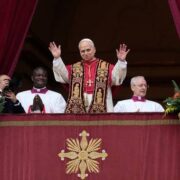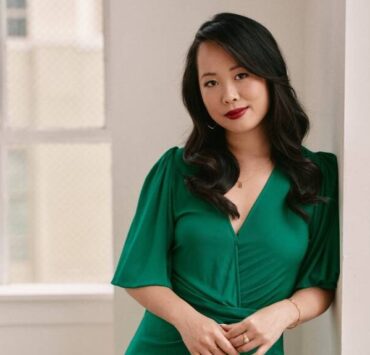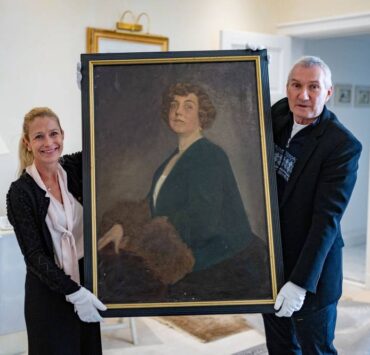The creative director crisis
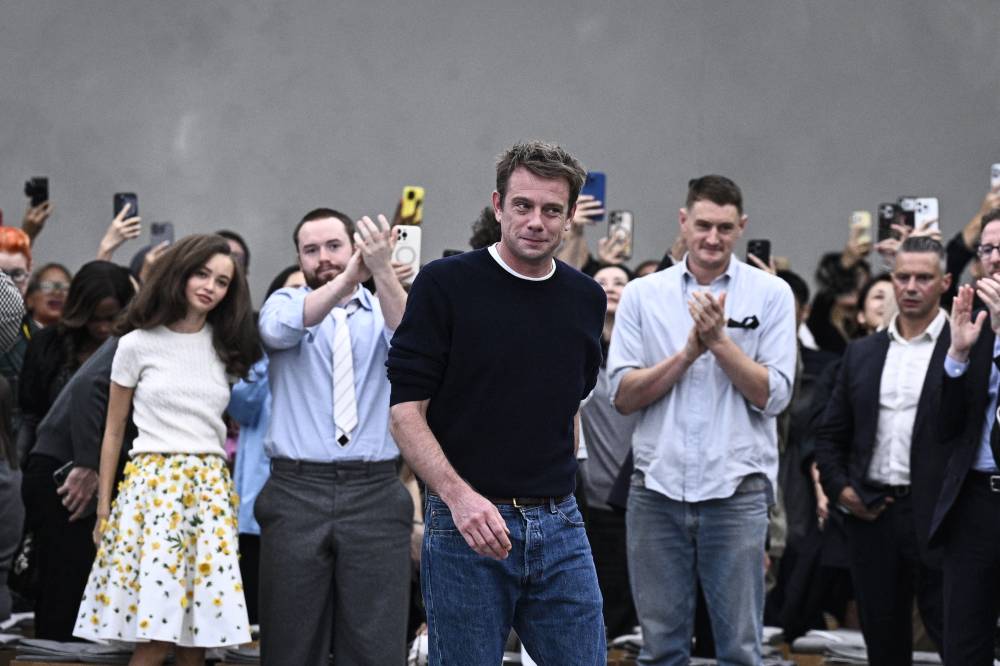
Once upon a time, a creative director could define an era. Phoebe Philo had a decade to build her quiet revolution at Celine. Karl Lagerfeld turned Chanel into a world of its own. Marc Jacobs at Louis Vuitton made fashion feel cinematic. Today, most creative directors are lucky if they get three years.
The new reality of fashion’s top job is not about artistry—it is about speed. It will be less about reviews (which, lately, have been glowing), and more about the constant turnover and identity shifts inside major houses. Even when collections succeed, there is a lingering question: Are creative directors actually being given space to build a legacy, or just expected to deliver “viral moments”?
It is not that there is a lack of talent. It is that the role itself has become unstable, replaceable, and transactional.
Brand over individuality
The revolving door has never spun faster. In just the past year, creative director announcements have started to feel like celebrity breakups– speculated, leaked, dissected, and forgotten by the time the next one drops.
Alessandro Michele left Gucci, Pierpaolo Piccioli exited Valentino, Sarah Burton bowed out from Alexander McQueen, and Virginie Viard quietly left Chanel. Now, Jonathan Anderson—arguably the most inventive designer of his generation—is trading Loewe’s conceptual craft for Dior’s polished prestige.
It is a move that says everything about where fashion stands today: brand power trumps individuality. Anderson’s decade at Loewe shaped an entire aesthetic language—leather tuned liquid, surrealism turned wearable, humor turned high fashion. At Dior, he will inherit the weight of legacy and expectation.
The question is, will he be given the room to experiment, or will he have to play it safe to please the shareholders?
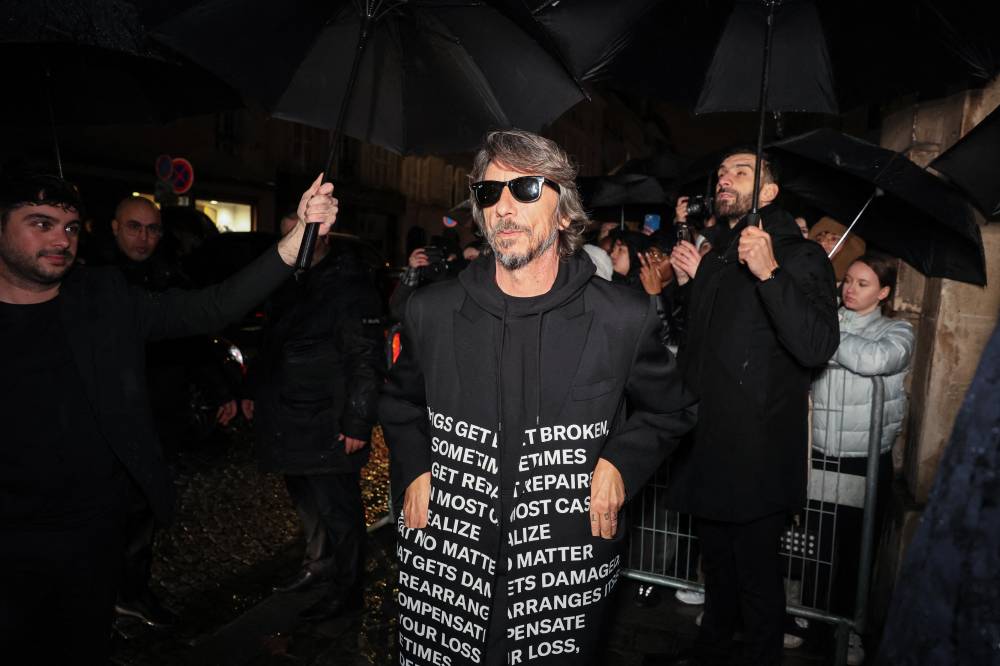
Not cut out for patience
The role of the creative director has become a balancing act between art and algorithm. One viral runway moment can matter more than a consistent body of work. The modern designer must design for the front row and for the For You Page. They must satisfy heritage clients while feeding hype culture.
Somewhere in the middle of all this noise, the slow, meaningful evolution that once defined great fashion storytelling is getting lost.
Part of the problem is that fashion today is not built for patience. Behind every major house is a conglomerate, and behind every conglomerate is a quarterly report. The creative director used to be the soul of a brand; now, they are a key performance indicator. Collections are judged, not just by their cultural impact, but by their ability to spike engagement and sustain sell-through rates.
From vision to visibility
The fashion system itself has sped up to an unsustainable rhythm. There are more collections, more collaborations, more drops, more content. A creative director’s runway show now doubles as a social media campaign, a retail push, and a cultural headline—sometimes all in one week. Designing used to be about vision; now it is about visibility.
The irony is that even the most gifted designers are getting caught in this cycle. They are expected to simultaneously honor heritage and disrupt it, to design clothes that feel timeless and TikTokable, to appeal to old-money clients and Gen Z shoppers at once. It is a tightrope that almost no one can walk for long.
The result? Fashion starts to feel fragmented. When creative directors are swapped every few seasons, brand identities blur. Everything starts to look like everything else—beautiful, commercial, safe.
And in the pursuit of constant “newness,” the industry has lost its sense of continuity.
There’s still hope
Still, not all is lost. Designers like Simone Rocha and Nicolas Ghesquière at Louis Vuitton are quietly proving that consistency is the new radical. Their work evolves instead of reinventing, season after season, refining rather than shocking. They understand that longevity is its own form of rebellion in a culture addicted to reinvention.
Even Anderson—despite the headlines around his Dior move—remains one of the few who can balance craft and chaos without losing his voice. His decade at Loewe showed what happens when a designer is allowed to grow into their story: the work becomes not just relevant, but resonant.
Maybe that is the real future of fashion—not another “new era,” but time. Time for ideas to breathe, for stories to build, and for designers to find meaning beyond the next collection drop. Because the truth is, creativity does not need to trend. It just needs to last.
And if the fashion world could slow down long enough to remember that, it might just find its soul again.




